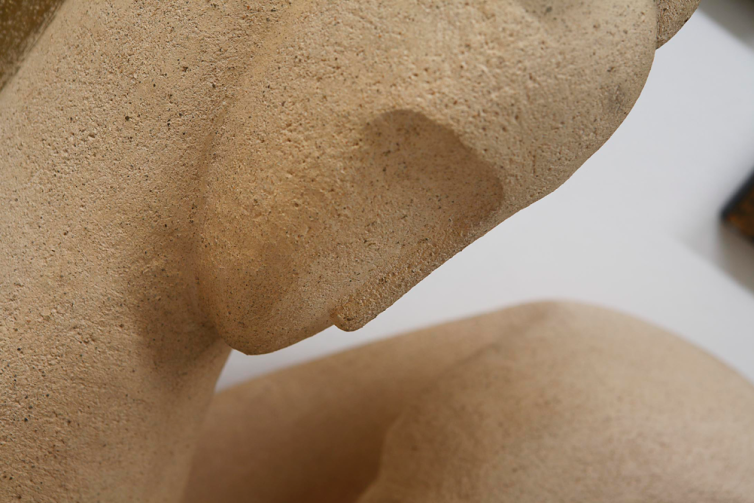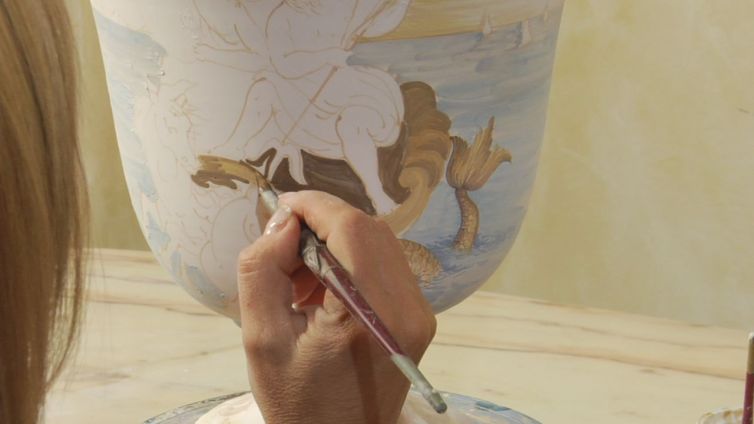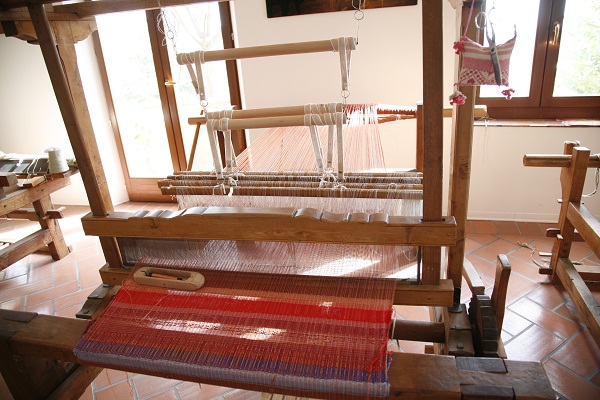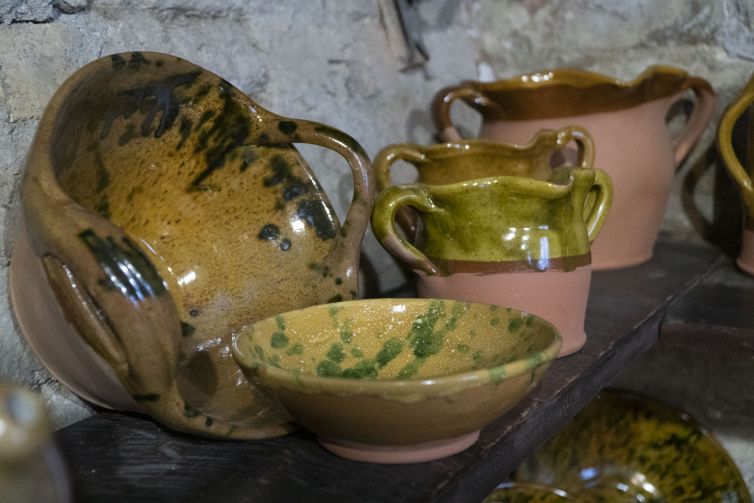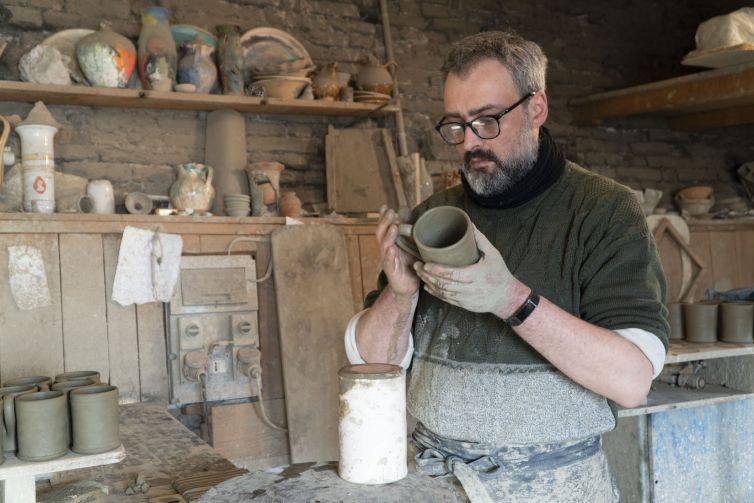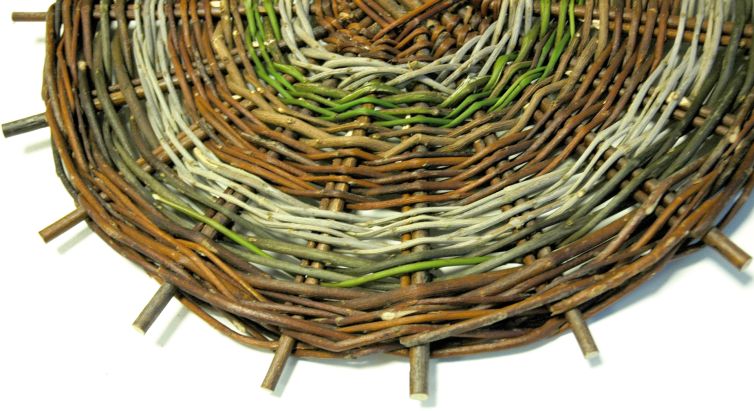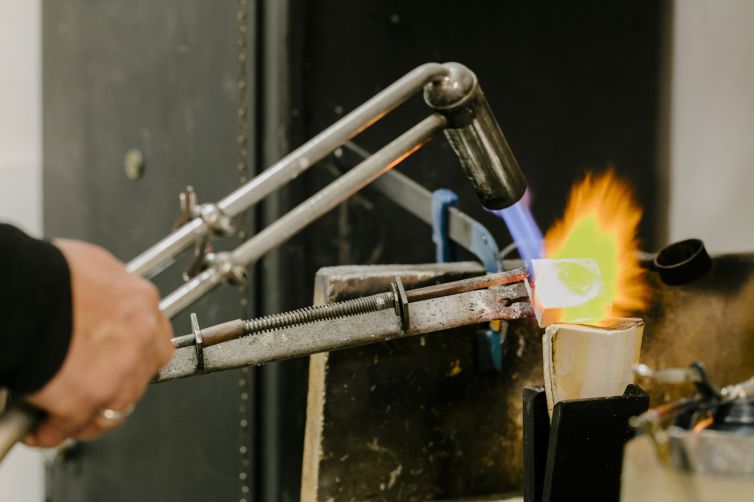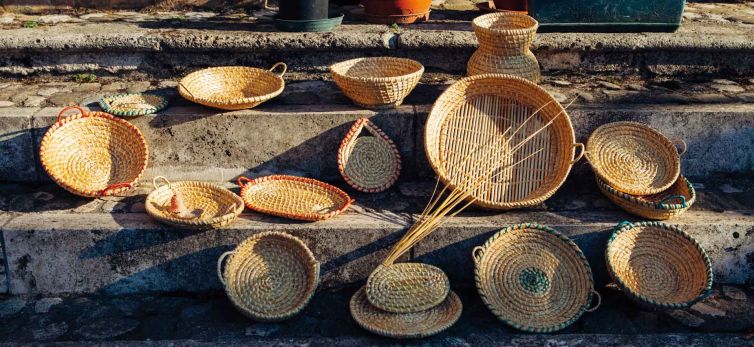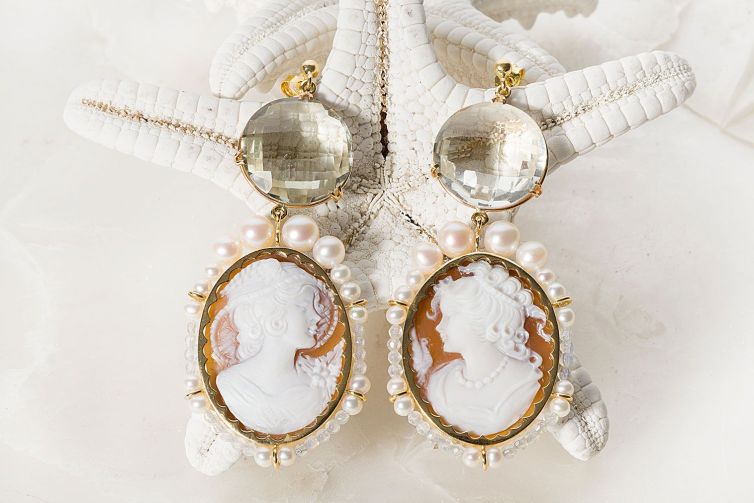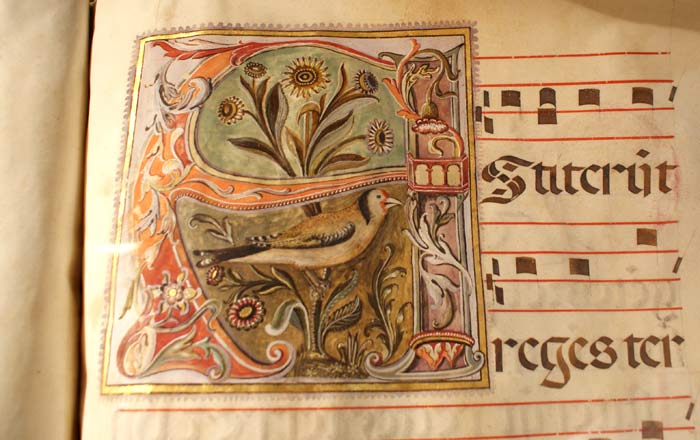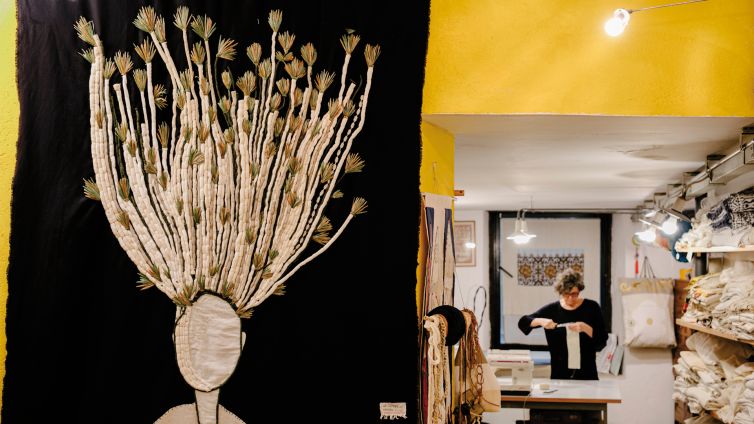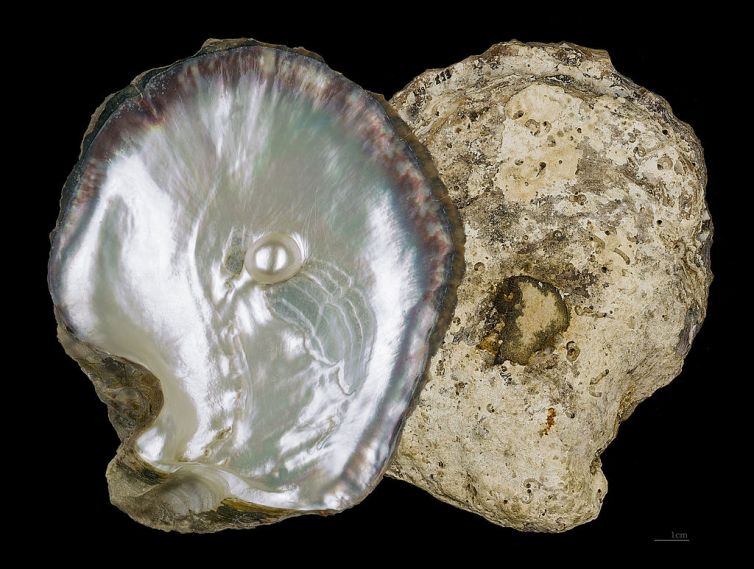Fireclay is a special, very coarse-grained material whose strength allows the creation of even large objects or sculptures.
Technically speaking, majolica is everything in the ceramic world that is fired at least twice. The object, which will then…
Loom preparation is an extremely complex operation, much more so than the actual ultimate process of weaving and making the product.
The journey into the potters’ workshop to discover the rules of color in traditional earthenware continues. Where were we…? We…
The production of pottery and earthenware requires long and painstaking work on the part of the potter right from the…
Twigs of olive, broom and elm trees, but especially wicker and reeds, are the most commonly used weaving materials for…
The journey of discovery through the myriad possibilities offered by goldsmithing casting techniques continues. We started from the classic and…
Few but essential tools for processing and weaving wicker and twigs from other wild plants gathered in the countryside. Among…
Cameos, artistic masterpieces created strictly by hand, require long and patient processing steps. Let us briefly look at them together……
We continue with our journey to discover the ancient techniques of gilding miniatures on parchment manuscripts with the help of…
La Congrega – Second Hand Made is a textile arts workshop where furnishing and utility artifacts are designed and made…
Rare and uniquely fascinating, natural pearls give the wearer a special radiance and undisputed class. Unlike gemstones, natural pearls, are…


